| marc7 travels |
|
Have you ever seen Metro Manila from above in the evening? Whether you are aboard a plane or just along the mountainside of Antipolo, you will be amazed at the glitters of lights of the metropolis. You get to see the lights twinkling like a thousand stars in the night sky. The only thing is that the lights are all underneath or below you. It is quite a sight to see and enjoy and it is quite relaxing. But behind the lights and glitters is the chaos and buzz of Metro Manila to which we all get to experience on a day-to-day basis. It takes its toll on some and yet majority of us have managed to adapt to these quirks of living in Manila. We probably got to adjust so much that we have already managed to just brush it off as a usual occurrence that when things get a little better, we get quite surprised. But Metro Manila is more than just a city and it is the melting pot of different cultures from the different regions in the country. Not to mention, Metro Manila has a rich and colourful history to boot. That is what we aim to discover with our current project Explore Manila! Our goal is to discover how we see Metro Manila and what we can discover about the metropolis by going to its different cities and walking around like regular city folks. Explore San Juan! The sprawling grounds of Pinaglabanan Shrine greeted us when we started our exploration of San Juan. It was refreshing to see a big park in the middle of the city, one that we seldom notice as city dwellers. I think that this is one of the things that I am starting to appreciate with our “Explore Manila!” project – park appreciation. On the contrary, Metro Manila do not lack park facilities, it is just that we do not notice it as we run through our day-to-day routine. San Juan City is one of the cities where Philippine history unfolded. San Juan’s land area was bigger than what it is now. It previously included Caloocan and parts of Quezon City. It is the site of the first battle between Filipino Katipuneros and Spanish forces. It is also known as the “Town of Philippine Pesidents” having been the home of four former Presidents of the Philippines – Diosdado Macapagal, Gloria Macapagal-Arroyo, Ferdinand Marcos, and Joseph Estrada. Join me as we walk and explore San Juan City! Dambana ng Pinaglabanan / El Deposito Originally the place was called El Deposito as this was the underground water reservoir of Manila during the Spanish period. It later became the site of a bloody encounter between Katipuneros who fought for Philippine freedom when Spanish forces retreated to the El Deposito after losing the initial battle with Bonifacio’s men. The water reservoir was still used during the American period until the Balara Filter station was commissioned. Presently, the water reservoir was converted into a sprawling park that would be known as the “Dambana ng Pinaglabanan” to honor the heroes of the first battle between Filipinos and the Spaniards. The open field is highlighted by a monument of a man reaching out to the sky, symbolic of the Filipinos cry for freedom. The place is frequented by locals where they can do their fitness runs and by neighbourhood kids who enjoy its space for practices or to just play around. San Juan City Hall The new city hall of San Juan started operations in February 2013. Its new location is closer to the iconic park of the city – the Dambana ng Pinaglabanan. The new whitewashed building sits in one corner of the park making it more accessible to its constituents. The good thing about the new building is that it does not dwarf the Pinaglabanan Monument. Simbahan ng San Juan del Monte Every June 24, the streets of San Juan City burst in both laughter and water. This is the “Watta Watta Festival” – a water festival in honor of their patron saint St. John the Baptist. On this day, locals are given the permission to douse people with water to celebrate the festivities. The Simbahan ng San Juan del Monte, or also known as the “Pinaglabanan Church”, was first established in 1894 but was destroyed during the armed struggle of the Katipuneros. It was later rebuilt after the Philippine-American War and went through a number of renovations to what it is today. Much of its original structure was retained. The church is a mute witness to the armed struggle during the Spanish period that it was later on declared as a national historical landmark in the city. The belfry was added in 1994 when the church celebrated its centennial. The façade of the church is simple. The main door is part of original design of the church and the two adjacent front doors were added during its renovations. One will also find the historical marker at the church’s façade. The simplicity of its exterior contrasts that of its interiors. From the outside, it may seem that the church is small but once you get inside, it reveals wide high-ceiling interiors. The altar is highlighted by two stain glass windows and an image of Jesus Christ on the Cross. The altar is also flanked by images of saints on both sides. What is amazing is the flower decorations that adorn the altar that makes it look really beautiful and elegant. Pinaglabanan Shrine “Walang kalayaan kung walang pinaglabanan." It was an appropriate caption that would best describe the role played by San Juan in the quest for freedom against Spanish oppressors. The Pinaglabanan Shrine was the site of the battle against Spanish forces that started when Katipuneros attacked the El Polvorin and then later on capturing El Deposito, Manila’s water reservoir. It is considered to be the first uprising against Spain. Although the uprising eventually failed despite its initial wins at the start, the “Battle of Pinaglabanan” had a domino effect sparking subsequent uprisings in Central and Southern Luzon. The monument now stands as a memorial of that fateful day when Filipinos finally took a stand to be free. Post Explore Manila Notes San Juan City is the smallest city in the country and yet it cradled a huge part of Philippine history. This was where the Philippine revolution against Spain started and the city has invested quite a lot to keep the memories alive in the psyche of Filipinos through its parks and monuments. I really fell in love with the sprawling Dambana ng Pinaglabanan, It gives Metro Manilans a place to escape the confines of the city within the metro while giving its visitors a taste of Philippine history.
A lot of places remain to be discovered in San Juan – the San Juan Bridge, the old City Hall, Ronac Center, etc. I will find time soon to walk the streets of this historic city and discover more of what this city has to offer.
1 Comment
The walled city of Intramuros is one destination that never fails to amaze me. Its rich history and dramatic landscape, against the Manila’s cityscape, is enough to get me into wanting to visit and discover it more and more. Ironically, I haven’t had the chance to discover it during the time when I had to render internship hours when I was with the Department of Labor and Employment that finds it home within its walls. It took me more than a decade to really appreciate the old city of Manila. But did you know that Intramuros was once the home of 7 great churches in the Philippines? Yes, there were 7 churches within its walls and as fate would have had it, six of these churches were destroyed during the Japanese Occupation and during the liberation of Manila. The aftermath of the war only gave way to the re-construction and restoration of two of these churches while one is currently in the process of reconstruction. I had the opportunity to walk around Intramuros and do my own "Visita Iglesia" by searching for the actual sites where these 7 Intramuros churches once stood. San Francisco Church and Convent Entering from Anda Street, I turned left on Muralla Street. I had no idea as to the exact location of all the seven churches except for San Agustin Church and the Manila Cathedral, with both still standing to this day. What I had with me was the names of these churches and a little information as to what building or institution is occupying the land where these churches once stood. I headed for the Mapua Institute of Technology. The present location of Mapua was once the site of a church that was marvelled for its retablo-like façade – the San Francisco Church and Convent. The last church structure standing was the third structure built by the Franciscans and it boasts of columns, niches, and statues. Too bad though that after it got destroyed during World War 2, the church remained in ruins until it was acquired by Mapua Institute of Technology. Within the old church’s compound is a chapel known as the Chapel of the Franciscan Venerable Third Order. It was established in 1611 and the first set of structures were damaged by earthquakes. It was later on rebuilt in the same style as its mother church but was destroyed in 1945. Recoletos Church A few blocks away from Mapua Institute of Technology is the Manila Bulletin Building. The building is probably one of the current icons of the Walled City and, with the exception of historical markers, there are no trace that the Recoletos Church once occupied this parcel of land. The Recoletos Church was a church dedicated to San Nicolas de Tolentino. The church served as the Recoletos home for its missions in the Philippines, China, Japan, and Marianas Island. It had gone through a number of renovation and reconstruction and it is known for its beautiful four-storey belfry and its magnificent interiors. It was damaged during the liberation of Manila, forcing the Recoletos to move to the San Sebastian Church in Quiapo. The church remained in ruins until its rubbles were cleared in 1959. From its rubbles rose the Manila Bulletin Building. San Agustin Church The San Agustin Church was the only church that was left standing among the 7 Intramuros Churches after World War 2. It was said to have been spared from the severe bombing because its bell tower was marked with a Red Cross. It is considered a war crime to bomb a building or structure that was marked with a Red Cross. Hence, the church was the only structure left standing in Intramuros after the liberation of Manila. The current church structure of San Agustin was completed in 1607 and was the third structure built. It served as a concentration camp by the Japanese Forces. It later served as a refuge for thousands of Filipinos during the final days of the Japanese Occupation. The aftermath of World War 2 had the church roof damaged and flattening the adjacent monastery. The main church remained to be the only structure standing after the liberation of Manila. The San Agustin Church prides itself with medieval design that is reflective of Spanish grand culture. Its massive structure and grand interiors are highlighted by chandeliers from Paris, three dimensional carvings, and a baroque pulpit. The convent was rebuilt in the 1970s under the direction of Angel Nakpil and now houses a museum. The San Agustin Church is under the “Baroque Churches of the Philippines” under the UNESCO World Heritage Sites. San Ignacio Church A few blocks from San Agustin Church are the remains of the San Ignacio Church that is undergoing reconstruction. It is going to be the site of the future Museo de Intramuros that will house the eccelesiastical collection of Intramuros. San Ignacio Church stands out among the seven churches because it was designed by the first Filipino architect, Felix Roxas. It stands out because of its two towers. The interiors were designed and executed by Filipino sculptor Isabelo Tampinco and his students. After it was destroyed during World War 2, it has remained in ruins until recently when efforts to reconstruct the church to serve as a museum. The church undergoing reconstruction was built on the second site. The first site where the first church was built is where the Pamantasan ng Lungsod ng Maynila now stands. Manila Cathedral The Manila Cathedral was originally known as “Church of Manila”. It was first established in 1566 and the present church structure was finished in 1958. The Manila Cathedral is the seat of power of the Roman Catholic Church in the Philippines and is dedicated to the principal patroness saint of the Philippines – the Immaculate Concepcion. More than just a religious sanctuary, it has also seen Philippine history unfold. Interestingly, the cross above the dome was once the zero kilometer mark of the country before it was moved to Rizal Park. The church was also tower-less from 1880 when an earthquake toppled its towers until its post-war restoration in 1958. The church was reduced to rubbles during the liberation of Manila and went through restoration from 1954 to 1958 under the supervision of Cardinal Santos and Filipino Architect Fernando Ocampo. At present, the Manila Cathedral stands in all magnificence that showcases the influence of religion in the country. Santo Domingo Church and Convent Known for its ivory image of the Virgin of La Naval, the Santo Domingo Church was the first casualty of the Japanese Occupation after the church and the monastery was bombed by the Japanese in 1941. The church that was bombed by the Japanese, was the fifth church to be constructed on the original site. After the destruction of the church, the images and sacred vestments were all moved to UST for its safekeep. The post-war had seen the movement of the church to a new site in Quezon City where the Dominicans built one of the largest churches in Metro Manila and in Asia. The previous site that the church occupied within Intramuros was later acquired by the Bank of the Philippine Island to which their building now stands. Lourdes Church and Convent The old site of Lourdes Church was the one that I struggled to find as I was not aware as to its original site. I had to ask around and I was lucky enough to ask trisikad driver who directed me to the Silahis Antique Shop, the present occupant of the Lourdes Church grounds. Lourdes Church first opened its doors in May 1892. It went through renovation that eventually led to a better and bigger structure that opened its doors in 1910. The church is known for its image of the Our Lady of Lourdes. However, the World War 2 reduced the church into ruins. Despite of the permission granted to the Capuchins to rebuild the church in its original location, they opted to transfer the church to Retiro in Quezon City. Post Travel Notes: Prior to the Japanese Occupation of the Philippines, I could imagine the beauty of the Walled City of Intramuros. It seemed that it had the air of romance and sophistication that we could probably find in most of Europe. It was also a showcase on how religion played an important role in the development and history of the country. Imagine having seven grand churches within that small area of land within the walls of Intramuros. The religious wouldn’t have any reason not to be able to do the Visita Iglesia having all churches within walking distance to each other. Sadly, World War 2, not only claimed many innocent lives in the Philippines, but also changed the landscape of Intramuros. Reading through the history of these churches and some anecdotes on World War 2, particularly the Liberation of Manila, I get the impression that the post-war government focused on trade and commerce in the rebuilding of Intramuros and Manila that gave way to the granting of land for the development of industries. In the process, they have missed out on the rebuilding of these rich cultural heritage that could have given the present and future generations a glimpse of how beautiful and magnificent our culture and history.
I would have preferred walking inside the Walled City of Intramuros while getting awed by the views of its seven grand churches rather than searching for the signs that would tell me that one of the churches once stood there. |
Marc del Rosario
I believe in education, entrepreneurship, and caring for the environment. Archives
June 2024
|
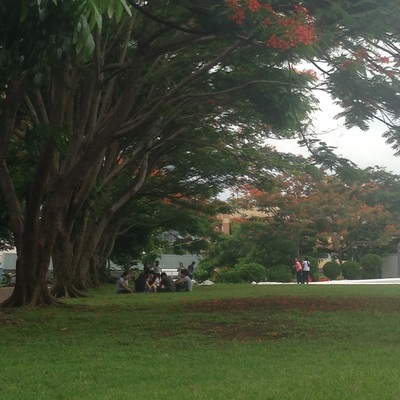
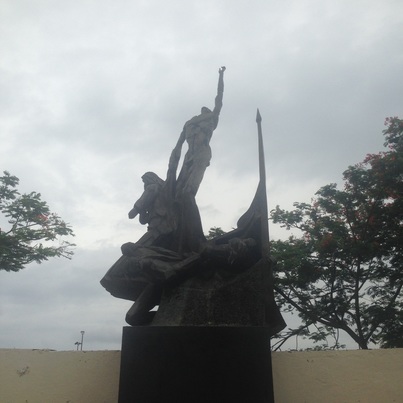
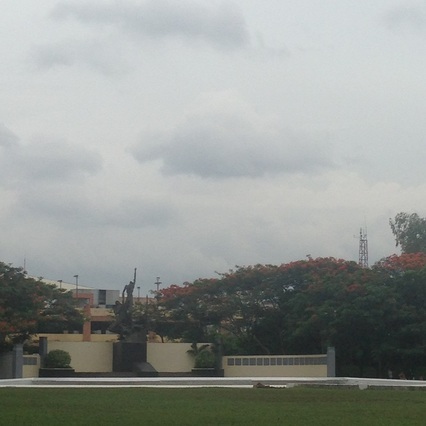
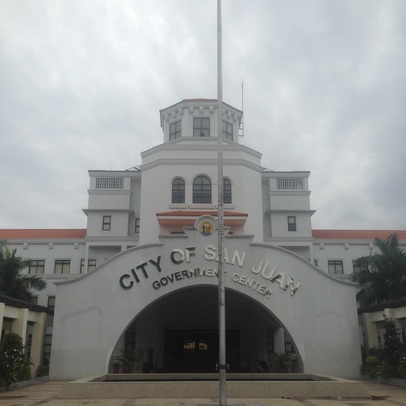
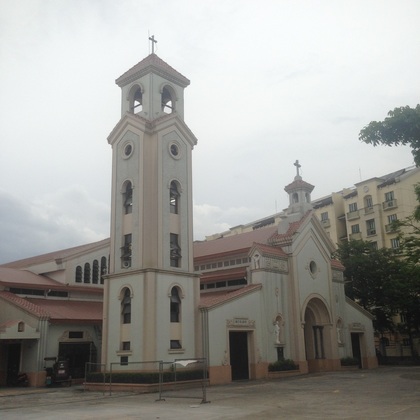
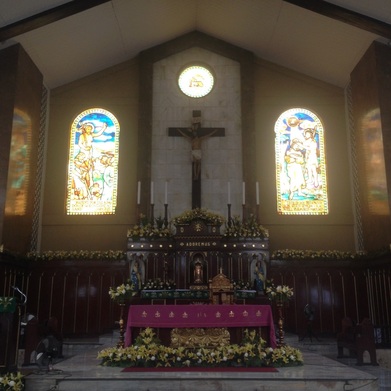


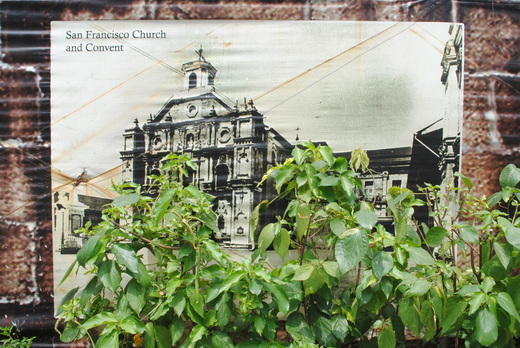
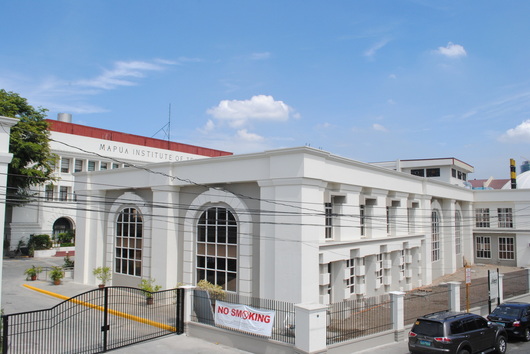
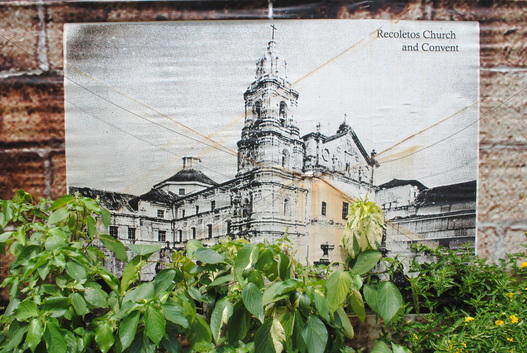
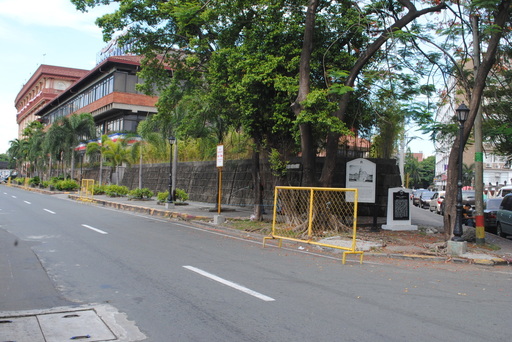
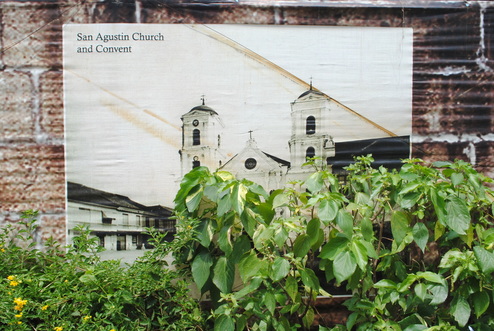
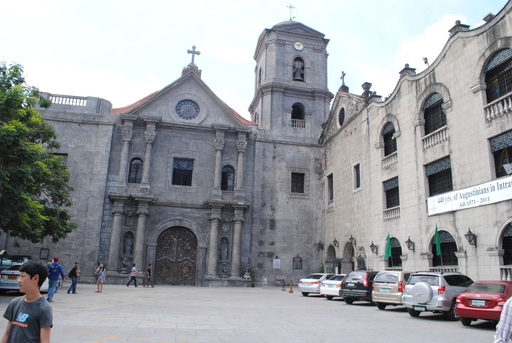
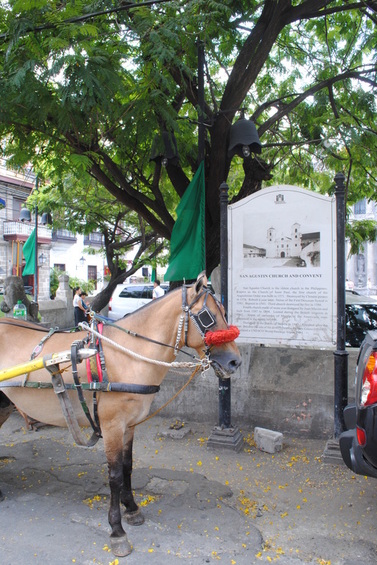
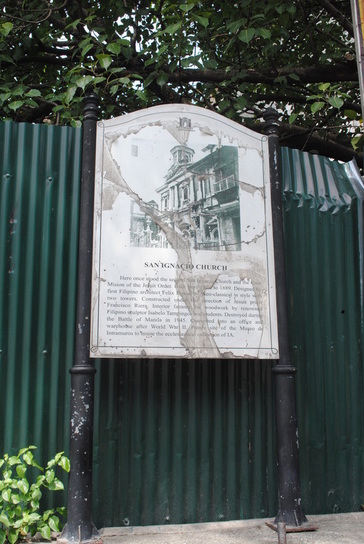
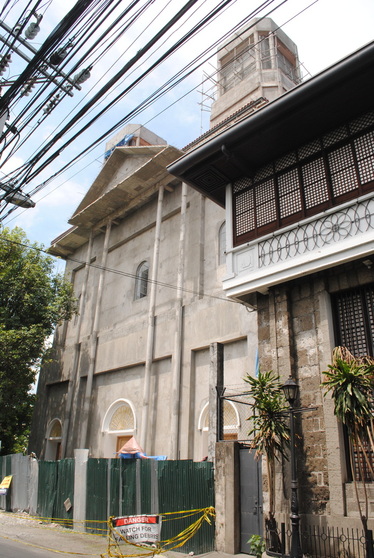
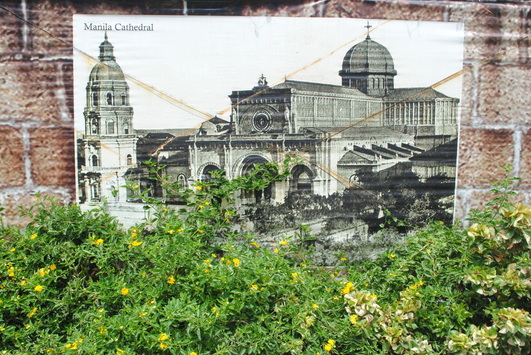
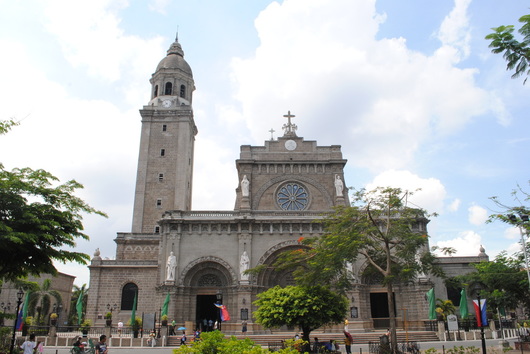
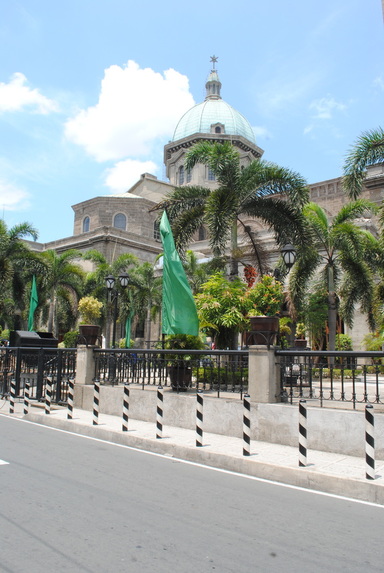
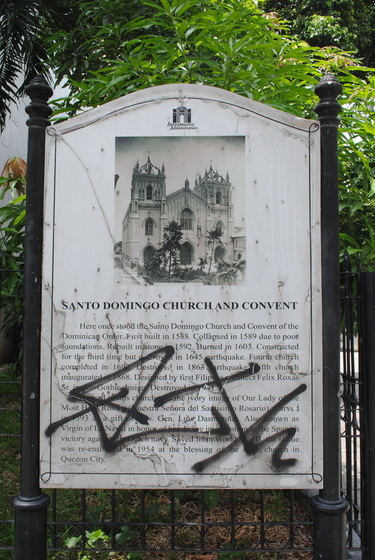
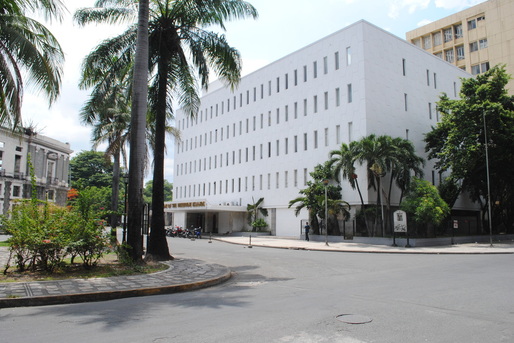
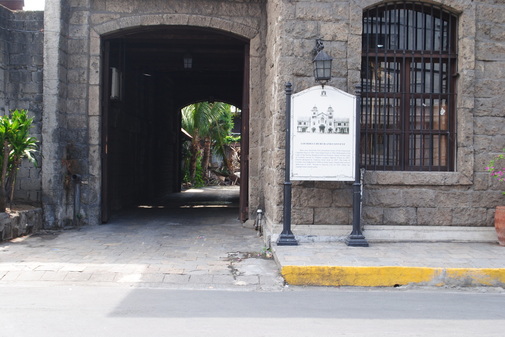
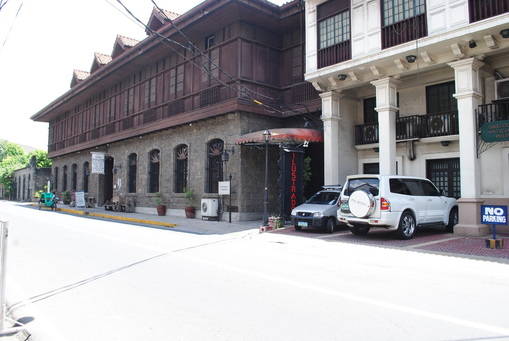
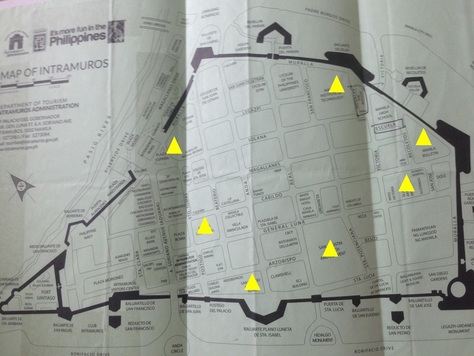

 RSS Feed
RSS Feed